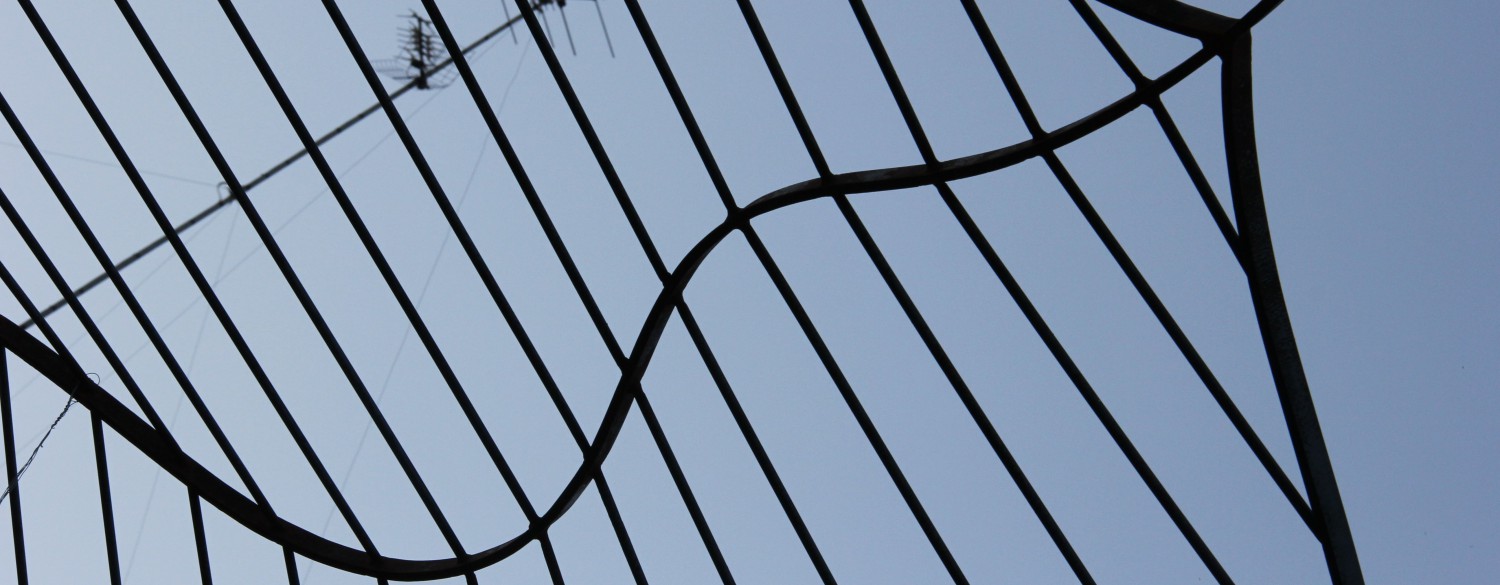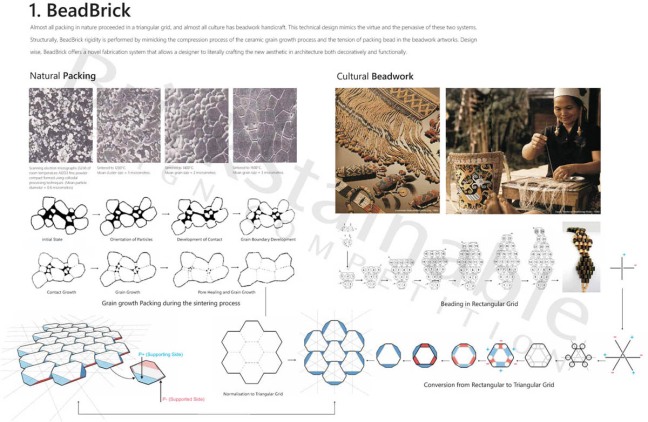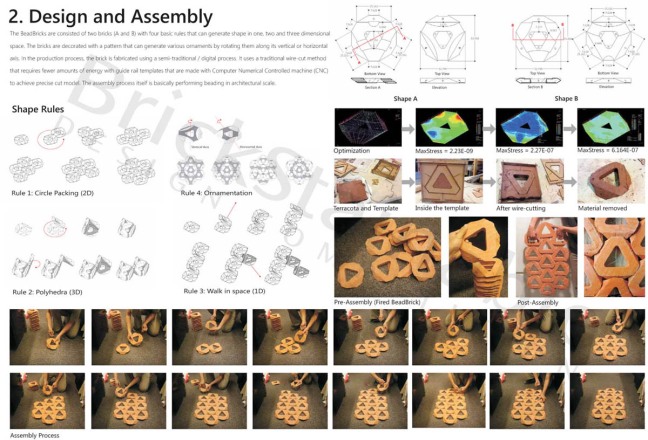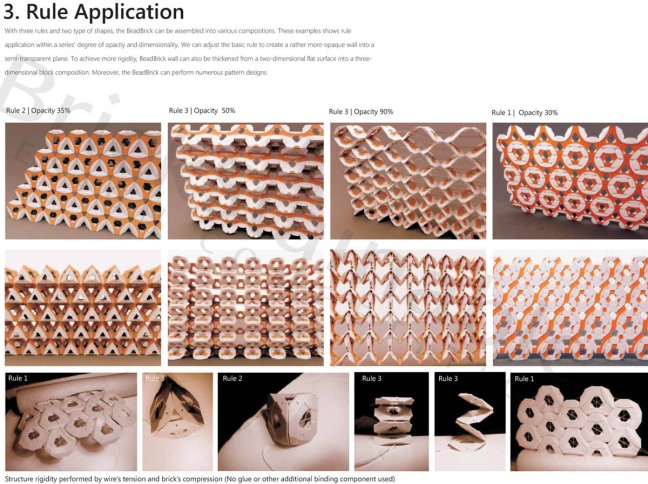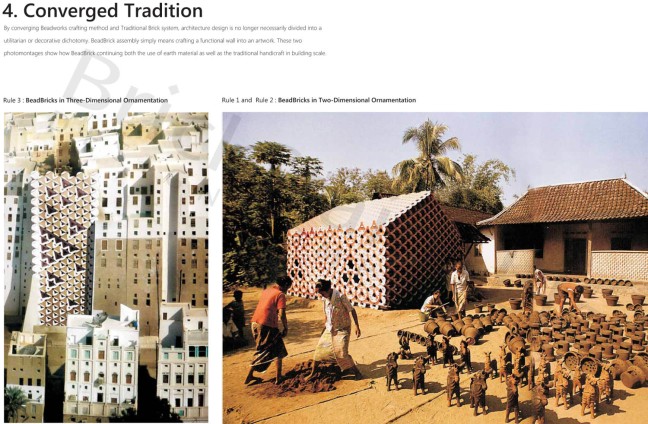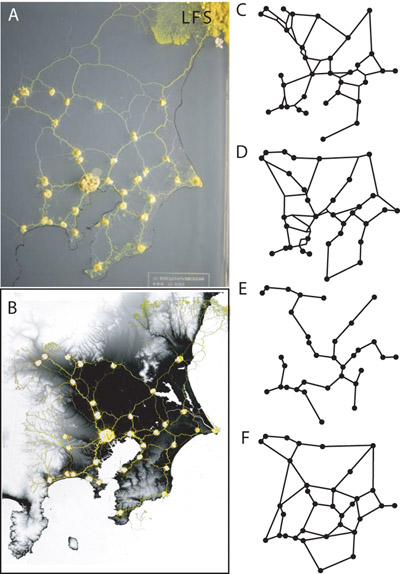JAM session, molteplicità congestionata, ma anche marmellata. È la sintesi di quello che sentiamo di voler dire e fare attraverso questo network. Sessioni di discussione che attraversano la molteplicità dei linguaggi, delle competenze, degli interessi.
ARCHITECTURE, perché un’altra architettura è possibile e auspicabile. Architettura in quanto progetto di luoghi destinati alla vita dell’uomo. La qualità degli uni pervade obbligatoriamente ed essenzialmente anche l’altra. La pluralità diviene un principio guida, capacità di misurare ed armonizzare strutture, spazi, insediamenti.
NEIGHBORHOOD, non siamo entità cieche di spirito, ma solo una catena di esseri umani in un mondo in trasformazione (B. Lancaster, Il Gattopardo). Gli occhi degli altri sono indispensabili a comprendere un luogo; le differenze si esaltano, il reciproco scambio valorizza le conoscenze e arricchisce di competenze indispensabili per interpretare i processi di trasformazione. Il vicinato rappresenta il reale dinamismo umano.
URBANISM, insistiamo sui meccanismi attraverso i quali si crea la metropoli contemporanea; spazi e infra-spazi, che fanno comunicare realtà formali ed informali. Trasporti, alloggi, spazio pubblico e pianificazione sono al centro dell’indagine per gettare le basi di nuove spazialità vitali.
BHO è la risposta ultima alle domande fondamentali sulla vita, l’universo e tutto quanto…
Tutto questo è JANUB (in arabo, SUD), un laboratorio di ricerca che tratta della molteplicità e dei territori della contemporaneità. Arte, architettura, urbanistica, antropologia, sociologia, ecologia, e paesaggi futuri in tutte le loro specifiche accezioni sono inevitabilmente il territorio primo di confronto da cui parte l’esperienza del network.
JANUB condensa i vari linguaggi al fine di non ricondurre l’interpretazione dei significati ad un sistema di controllo univoco.
—
